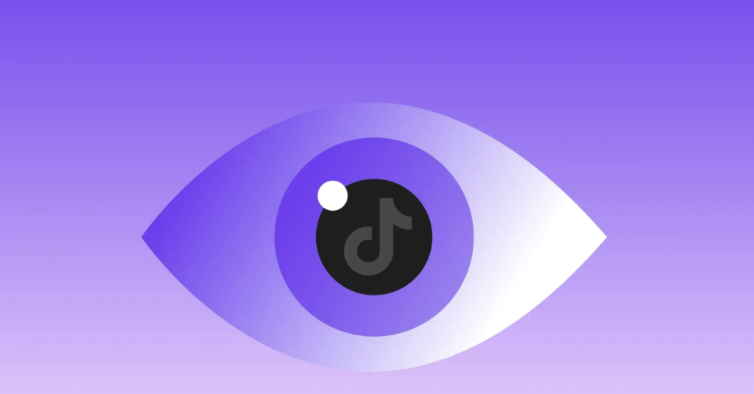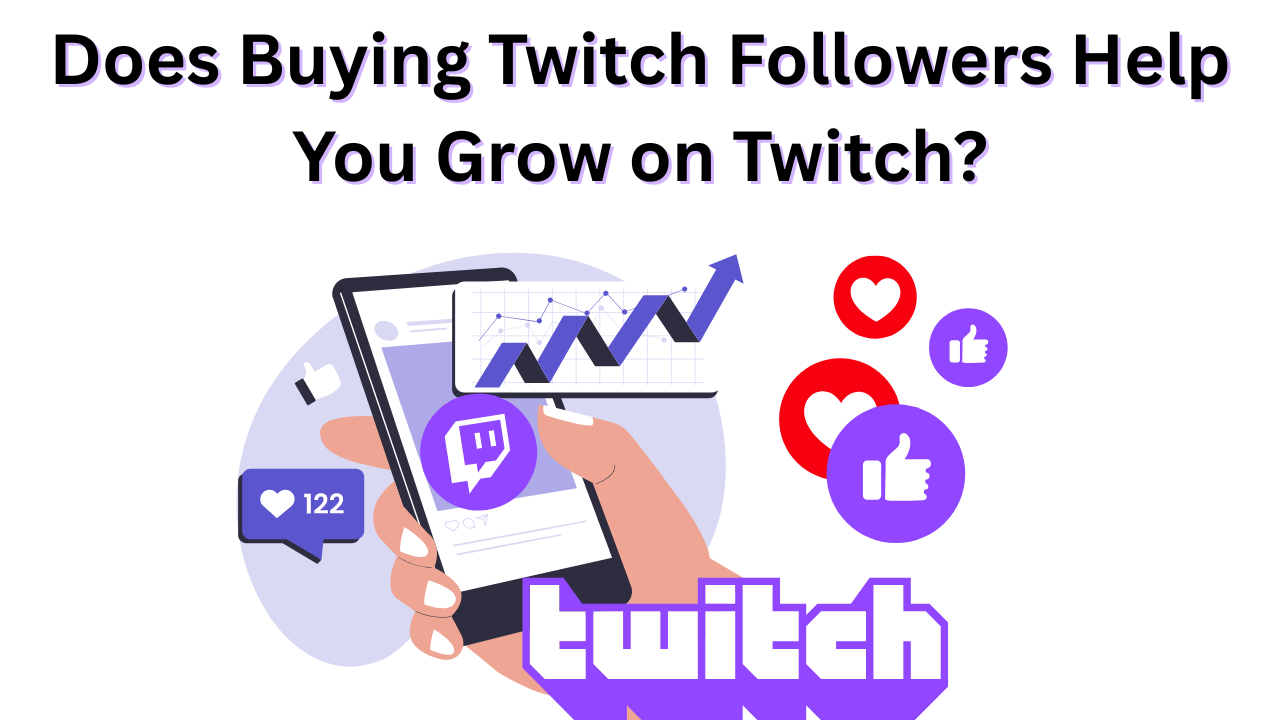60+ Essential Photography Hashtags to Elevate Your Presence
Published: September 3, 2025
Photography hashtags are more than just a trend to add to your posts – they are the connection between your work and the people who are looking for it.
When used correctly, the right TikTok hashtags can put your work in front of the right people and increase your reach and impact.
On TikTok and YouTube, understanding how to use relevant hashtags can make all the difference.
Whether you’re creating stunning TikTok posts or building a TikTok account, using a mix of trending hashtags and popular hashtags will get your content seen in a crowded online space.
Looking for a premium tool to find the best hashtags?
-> Try HashTagsForLikes <<
- Unlock: new & trending photography hashtags
- Save, curate and use on social media
- Track results
And more than that, they connect you with communities and open up opportunities. If you’re looking for TikTok promotion services, leveraging the right hashtags can significantly enhance your visibility and engagement.
Let’s get into hashtags.
Key Takeaways
- Strategic Hashtags Matter: Use the right photography hashtags to improve visibility and connect with your audience.
- Mix Tags: Combine general tags like #Photography with niche ones like #StreetPhotography for broader and targeted reach.
- Stay Relevant: Incorporate trending hashtags to keep your content fresh and engaging.
- Choose Wisely: Focus on hashtags that match your content to attract people interested in your photos.
- Be Selective: Use around 11 hashtags per post to avoid looking spammy.
- Engage: Interact in the comment section under relevant hashtags to build connections.
Understanding Different Types of Photography TikTok Hashtags
Using hashtags on TikTok can help your content, get in front of the right people and be seen.
From general photography hashtags to niche and trending hashtags, the right ones can make your TikTok posts pop and grow your TikTok account. If you’re looking to boost your presence faster, buy TikTok followers to jumpstart your growth.
Let’s go into the types and how they can change your photography.
General Photography Hashtags
Nature photography hashtags like #Photography or #PhotoOfTheDay are beneficial for reaching a broad audience.
These tags are widely used across various platforms, making them highly competitive and likely to garner significant exposure if your work stands out. Additionally, using best beauty hashtags can enhance visibility in beauty-focused photography, ensuring your content reaches the right audience.
- #Photography
- #PhotoOfTheDay
- #PicOfTheDay
- #TokPhoto
- #PhotographyEveryday
- #CameraLovers
- #PhotoArt
- #Photogram
- #PhotographyLovers
- #Capture
- #BeautifulShots
- #PhotoLovers
- #NaturePhotography
- #TokGood
- #Visuals
- #GetSnapped
- #WorldThroughLens
- #Composition
- #PhotographyAddict
- #PhotographerLife
Niche-Specific Hashtags
Niche-specific photography hashtags directly relate to the content or style of your photos.
Tags such as #MacroPhotography, #BlackAndWhitePhotography, or #LandscapeLovers are designed to attract viewers with specific interests in these photographic styles.
By using wildlife photography hashtags, you can reach audiences particularly passionate about your niche, enhancing both reach and relevance. For example, if you’re a travel photographer, incorporating best travel hashtags for TikTok will help you connect with those specifically interested in travel content, increasing engagement with your posts.
- #MacroPhotography
- #LandscapeLovers
- #BlackAndWhitePhotography
- #Astrophotography
- #PortraitPhotography
- #StreetPhotography
- #TravelPhotography
- #FoodPhotography
- #WildlifePhotography
- #SportsPhotography
- #NightPhotography
- #UnderwaterPhotography
- #DocumentaryPhotography
- #UrbanPhotography
- #FineArtPhotography
- #ConceptualPhotography
- #FashionPhotography
- #PetPhotography
- #StillLifePhotography
- #EventPhotography
Event and Location Hashtags
Utilizing event-specific or location-based wildlife photography hashtags can connect your photos with audiences interested in particular events or places.
It doesn’t matter if it’s a local festival represented by #NYCFoodFest or a natural phenomenon like #Superbloom, these white photography hashtags help link your images with time-bound or location-specific themes, attracting viewers who are engaging with these events or places. Incorporating best art hashtags for TikTok alongside these event-based tags can further enhance your reach, especially if your photography leans toward artistic expression.
- #NYCFoodFest
- #Superbloom
- #TokyoLights
- #LondonFashionWeek
- #ParisStreets
- #ChicagoArt
- #FestivalOfColors
- #SunsetBeach
- #SydneyOpera
- #YosemiteFall
- #BerlinWall30
- #VegasNights
- #LAStory
- #Glastonbury2023
- #SanFranciscoBay
- #BostonMarathon
- #TorontoLife
- #MiamiHeat
- #NOLAlove
- #SeattleViews
Trending Hashtags on TikTok Posts
Keeping an eye on favorite photography hashtags and incorporating them when relevant can significantly boost the views of your work.
For instance, if #GoldenHour becomes a trend due to a particular visual style growing in popularity, tagging your relevant photos can expose them to a larger, engaged audience.
This strategy requires staying current with social media trends and understanding which white photography hashtags are gaining traction. Additionally, exploring tools like best youtube bot providers can help automate and enhance your presence on platforms, increasing visibility across your photography content.
- #GoldenHour
- #TokMood
- #ViralPhoto
- #PhotoChallenge
- #TrendingNow
- #EpicShots
- #FilterFree
- #TokFamous
- #TokPhotoOfTheDay
- #TodayInPictures
- #VisualOfTheDay
- #MustSee
- #TikTokPhotoChallenge
- #NewTrend
- #SocialPhoto
- #PhotoTrend
- #TopShot
- #PhotoMagic
- #TokPopular
- #PicTrend
How to Choose the Relevant Hashtags for Your Posts

Picking the right hashtags doesn’t have to be complicated.
No matter if it’s portrait photography or trending topics, tools like hashtag generators can help you generate instant best hashtags to connect with TikTok users and improve your reach.
Here’s how to make your hashtag game stronger.
Conducting Thorough Research
These platforms show the best photography hashtags across all social media, so you can see popularity and usage.
Enter a generic hashtag and you’ll see related tags with reach and increasing engagement metrics.
This helps you choose the best photography hashtags that match your content and have proven to work in your niche. If you’re looking to boost engagement further, buy TikTok likes to enhance visibility and credibility.
Exploring Hashtag Analytics
For example, looking at the trend graphs for the most popular photography hashtags will tell you if they’re growing or declining so you can stay on top of trends and avoid outdated tags. Additionally, if you’re looking to boost your engagement quickly, you might consider strategies like buy TikTok followers to get an initial push while you work on organic growth.
Relevance in Hashtag Selection
CChoosing popular photography hashtags that match the themes, subjects, and mood of your photos is key.
Using irrelevant food photography hashtags may get you more TikTok views at first but will quickly lead to user dissatisfaction and disengagement.
Users who click on a hashtag expect to find content that’s directly related to that tag. If your content doesn’t match, it can lead to negative feedback and decreased follower engagement. If you want to buy TikTok views, make sure your content aligns with the hashtag to maintain authenticity and engagement.
Hashtag Your Content
Consider the main subject of your photo or video when choosing popular photography hashtags.
For example, if your photo is urban street photography, tags like #UrbanPhotography, #StreetPhotography, or #CityLife would be most relevant.
These tags attract an audience that’s genuinely interested in the subject matter so you get more engagement and satisfaction.
Number of Posts per Hashtag
The number of posts for a hashtag can make a big difference.
High-volume tags (e.g. #Photography with millions of posts) can bury your content under the sheer volume of posts and make it hard to be seen.
Finding hashtags for photographers with a moderate number of post shares means your content is seen without getting lost in the crowded tags. If you’re looking to boost your visibility further, consider strategies like buy TikTok shares to enhance engagement and get noticed more effectively.
Finding the Sweet Spot
Use tools to measure the size of the hashtag’s audience. Go for tags that are specific enough to reach a targeted audience but broad enough to get some visibility.
Best Practices for Using Photography Hashtags
Using the right hashtags can make all the difference on social media platforms. It’s not just about adding hashtags it’s about mixing the most popular TikTok hashtags with specific tags that truly fit your content.
Here’s how to get it right and make your posts stand out with the best hashtags.
Hashtag Mixing
General, niche-specific, and trending TikTok photography hashtags. This will get you a broad audience and also engage with specific communities.
For example #Photography (general) + #MacroPhotography (niche specific) + #TokPhotoOfTheDay (trending) will cater to different layers of audience.
Variety as a Strategy
This variety will get your photos seen by different audience segments and also test which types of TikTok photography hashtags work best for your content and help you refine your approach over time.
Avoid Hashtag Overuse
While it’s tempting to use many hashtags for photographers to reach multiple communities, this can look spammy and may even get penalized by some algorithms and reduce your post visibility.
Most platforms recommend a specific number of hashtags per post TikTok for example suggests engagement peaks at 3-5.
Strategic Hashtag Use
Instead of hashtag bombing your posts, choose the most relevant and effective ones. This keeps your content focused respects the user experience and can lead to higher engagement.
Consistency in Hashtag Usage
Using certain hashtags regularly will help you establish a presence in a hashtag community.
This consistency will help you build a loyal audience that engages with your posts because they know what to expect from your content under those tags.
Conclusion
Using film photography hashtags is a must for any photographer looking to get online. By using top hashtags and trying out other tags you can get your photos in front of the right people.
The right selection and application of hashtags can increase your visibility and engagement get you in front of a wider audience and open up new opportunities for growth and collaboration.
For people who want to show their work to the world using hashtags is more than a technique it’s a way to amplify your creative reach.
Frequently Asked Questions
What are good hashtags for photography?
The best hashtags for photography are style-dependent. For example, if you’re into street photography try #StreetPhotography #UrbanLens #CityShots.
Mix in general hashtags #Photography and niche-specific ones to reach both broad and targeted audiences.
What are the top 10 hashtags?
The top 10 hashtags for photographers are #Photography #PhotoOfTheDay #TokPhoto #PicOfTheDay #NaturePhotography #StreetPhotography #PhotoLovers #Visuals #Capture #BeautifulShots.
These are the most used and good for engagement when paired with more specific ones.
What tags to use for photography?
Tag what matches your content. If you’re posting street photography use #StreetVibes or #UrbanShots. For nature photos use #NaturePhotography or #LandscapeLovers.
Add general popular tags #Photography to reach a broader audience while keeping it relevant.
What are 3 popular hashtags?
Three tags for photographers are #Photography #PhotoOfTheDay #StreetPhotography. They’re well-known and perfect for connecting with people who love photography.
Don’t forget to buy TikTok comments and engage under these tags to increase your visibility!



